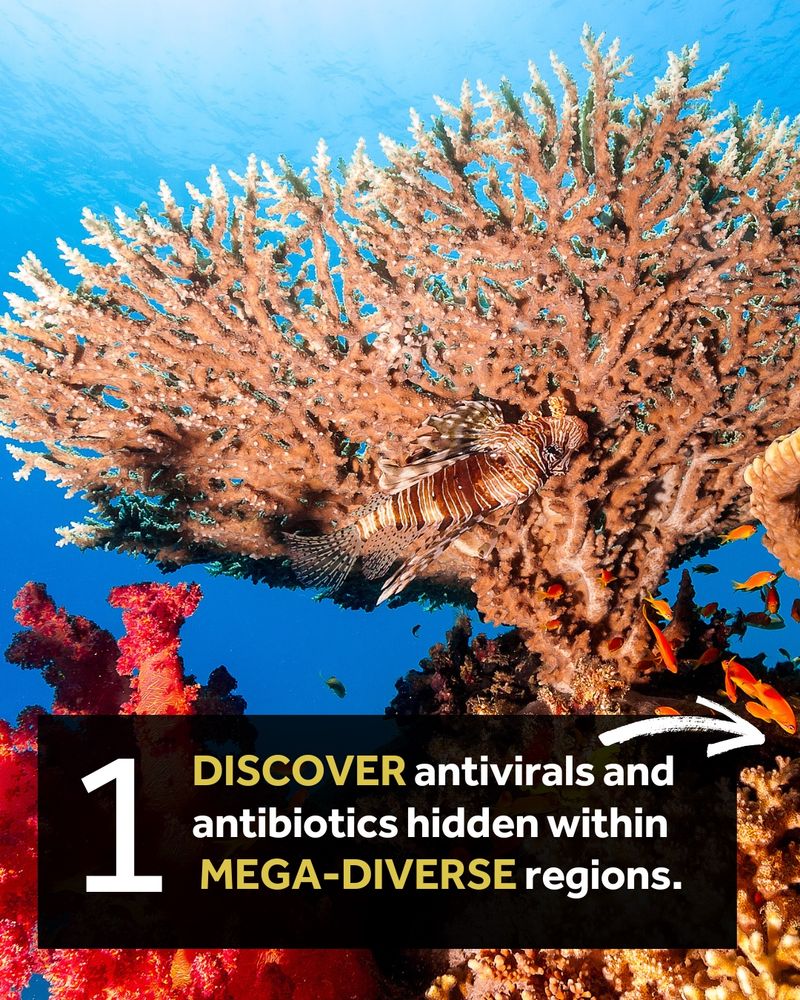

Photo: nwtreatytribes.org/s...

Photo: nwtreatytribes.org/s...
🦑 🌊

🦑 🌊
news.osu.edu/ohio-state-s...

news.osu.edu/ohio-state-s...
Rest in Peace, you beautiful soul.
On behalf of the earth, I thank you
www.nytimes.com/2025/10/01/o...

Rest in Peace, you beautiful soul.
On behalf of the earth, I thank you
www.nytimes.com/2025/10/01/o...


#MarineLife 🌿

#MarineLife 🌿
#MarineLife #ColorADay #GreenSat #PNW #Cnidaria #Green #Photography

#MarineLife #ColorADay #GreenSat #PNW #Cnidaria #Green #Photography
This is a larval sea anemone, Nematostella vectensis. MBL researchers study this species, found in Sippewissett Marsh, for development and regeneration.
Image taken using a polychromatic polarizing microscope.
📷 Michael Shribak and Karen Echeverri

This is a larval sea anemone, Nematostella vectensis. MBL researchers study this species, found in Sippewissett Marsh, for development and regeneration.
Image taken using a polychromatic polarizing microscope.
📷 Michael Shribak and Karen Echeverri
The Earth BioGenome Project 🌍 is a global network of initiatives working together to create a complete genome library for all Eukaryotic life—from mushrooms 🍄 to mammals 🐘.
#biodiversity #genomes #sequence #earthbiogenome #education #stem


The Earth BioGenome Project 🌍 is a global network of initiatives working together to create a complete genome library for all Eukaryotic life—from mushrooms 🍄 to mammals 🐘.
#biodiversity #genomes #sequence #earthbiogenome #education #stem


Carson challenged the widespread use of pesticides in her book “Silent Spring,” and testified before Congress on environmental policy and human health. 🧪 👩🔬
Image: Alfred Eisenstaedt/LIFE/Getty

Carson challenged the widespread use of pesticides in her book “Silent Spring,” and testified before Congress on environmental policy and human health. 🧪 👩🔬
Image: Alfred Eisenstaedt/LIFE/Getty
The specific name daphneae is after Daphne Gail Fautin, “in honor of her contributions to actinarian systematics.” #saveNOAA 🪸 #marinelife
The specific name daphneae is after Daphne Gail Fautin, “in honor of her contributions to actinarian systematics.” #saveNOAA 🪸 #marinelife

Read the paper here: www.science.org/doi/10.1126/...
and the Perspective here: www.science.org/doi/10.1126/...
Read the paper here: www.science.org/doi/10.1126/...
and the Perspective here: www.science.org/doi/10.1126/...




